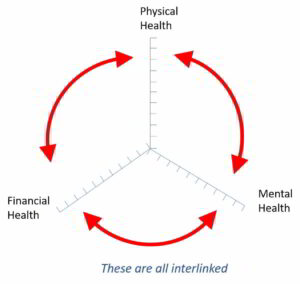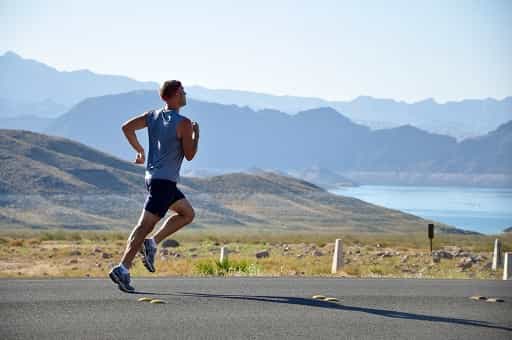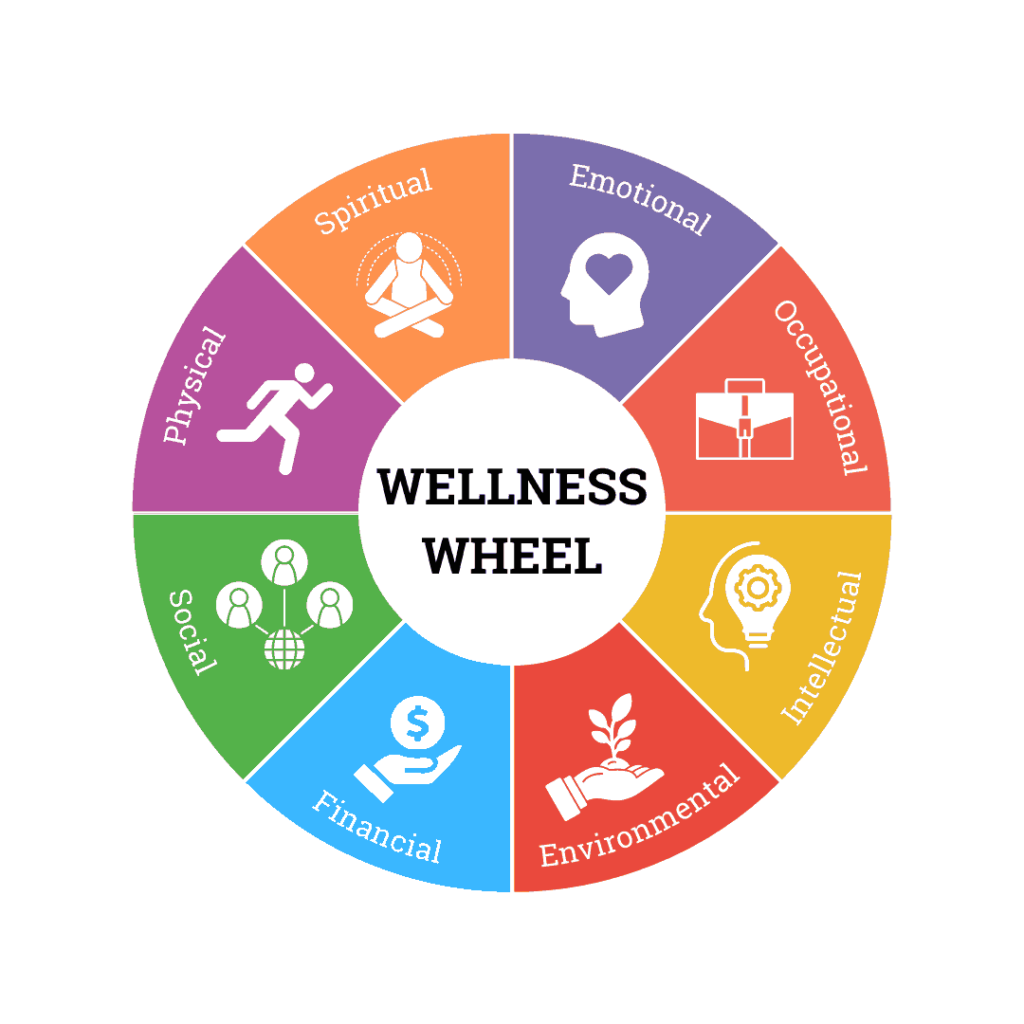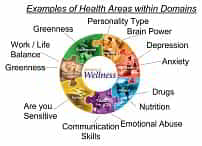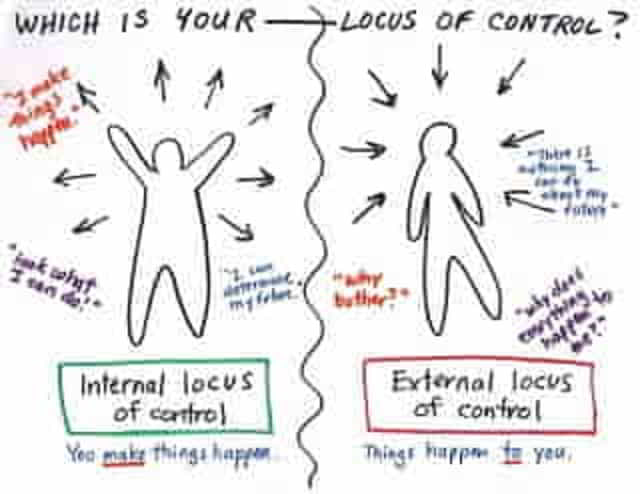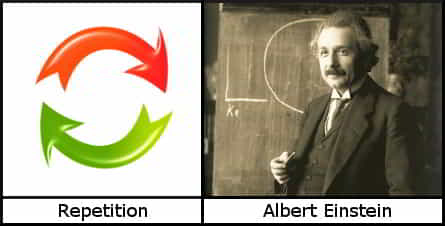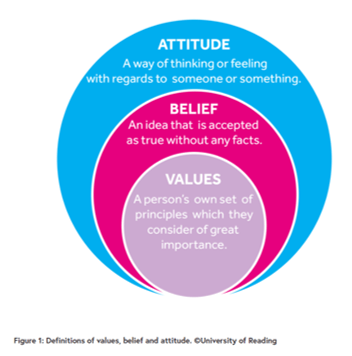Your Dashboard Tools
it's 00 Sep, 2024 12:01 am
Become greener and more aware of my environment
field_5f0c304c72876 - is the title of the exercise
Exercise Summary
The following was written by Sirin Çaki of Greenmatch.
30 Ways to Be More Eco Friendly in 2021
What It Means to Be Environmentally Friendly
Being eco-friendly means living in a way that is not harmful to the environment. This way of life is becoming increasingly important, as we need to protect our planet from man-made damage. There are various ways that an individual can make sustainable changes in order to lessen the negative effect that our daily lives usually contribute to.
It is possible to be eco-friendly in different areas of our lives.
It can be from a small change, like using a recyclable water bottle in your daily life, to a bigger investment, such as installing solar panels to make the switch to renewable energy for your home. Fortunately, in the UK there are a number of solar panel grants to make these switches easier and more affordable.
Main Activity
Make my home more environmentally friendly and behave that way too
The following was written by Sirin Çaki of Greenmatch.
Making Your House More Environmentally Friendly
While homes may not pollute as much as corporations do, there are many things you as a homeowner can do to make your home a more eco-friendly house. It is important to make a change wherever possible, and your home is something you have control over. So why not make the change? Here is a list of things you can do, from home improvements that require significant up-front capital to small, easy changes that can have a big impact:
1. Invest in Renewable Energy for Electricity
One way that households can be more eco-friendly is to invest in a renewable energy source for electricity. Most households are on a grid that provides energy from a non-sustainable source, like oil or gas.
Solar panels are an example of a renewable energy technology that uses the sun as an energy source. This photovoltaic system utilises the sun’s energy and transforms it into electricity. The process is a much more environmentally clean option than using energy derived from the burning of fossil fuels.
2. Switch Heating Source
Another way to be more eco-friendly is to opt for a renewable method for heating your home. Boilers are an example of a heating source that can be more eco-friendly. As boilers can be fueled generally by four different fuels, homeowners can decide what would be best for their house. The possibilities range from gas boilers, oil boilers, electric boilers, and biomass boilers.
Another option is to try heat pumps as they also provide heating options for the home. Heat pumps are not only more environmentally friendly due to their low energy consumption, but they also eliminate the need for gas pipes and oil tanks.
Solar thermal is another way of switching over to a more environmentally friendly energy source. Instead of using gas or oil, a solar thermal panel utilises the heat from the sun to boil water, providing energy without any combustion, thereby making it a much cleaner alternative.
Depending on what type of heating source you switch from, you will be able to save a decent amount of money. If you switch to solar thermals, you could save at least £50 on energy bills.
3. Use Eco-Friendly Toilet Paper
A lot of trees are cut down in order to make toilet paper rolls. It requires at least 17 trees and 90,921 litres of water for a tonne of paper rolls. As the average person uses 100 rolls in a year, using regular toilet paper is not a sustainable habit. Consumers could use eco-friendly toilet paper made out of bamboo. As bamboo grows 39 inches within a 24 hour period, toilet paper made out of bamboo is a much more sustainable option compared to regular toilet paper.
How to Be More Eco Friendly in Your Everyday Life
As a lot of activities are done subconsciously as part of our everyday routine, there is a great chance that some, if not most, of the activities aren’t always the most environmentally-friendly option available.
It only takes a few adjustments in order to change your habits to more eco-friendly options. It’s better to make sure that the changes are sustainable throughout a longer period of time, so that the change can become habitual.
1. Use a Recyclable Eco-Friendly Water Bottle
Purchasing water bottles is a common practice – particularly in warm weather. However, a lot of water bottles end up in the ocean as a lot of people fail to recycle them properly. This results in a high rate of pollution in our oceans and the overall environment, as one plastic bottle will break down into 10,000 microplastic pieces over time – and this microplastic pollution is incredibly hard to clean up.
A solution to this problem is to invest in a water bottle that is not only reusable but also the right size, so you can take it with you whenever you travel.
Re-using a water bottle also saves money in the long run, as fewer plastic bottles will need to be purchased.
2. Use Environmentally Friendly Shampoo
Just like ingredients in cleaning products, regular shampoo, and conditioner also contain various ingredients that are washed down the drain and end up in the ocean. The chemicals in those ingredients are often toxic in nature and should not be used. Wherever they end up, they may hurt the biodiversity.
3. Use Recyclable Paper for Gifts
As a lot of trees go into the production of paper – whether it’s toilet paper, regular paper to write with, or wrapping paper, it’s important to be mindful and invest in recyclable paper. Back in 2017, there were approximately 419.69 million metric tonnes of cardboard being produced in the world. Based on this data, we are on a bad trajectory in terms of paper and cardboard pollution if production does not halt.
4. Replace Diesel and Petrol Cars with Environmentally Friendly Cars
Cars are a major cause of global warming, mainly due to the amount of pollution that they emit. Diesel and petrol cars are the main culprits of CO2 emissions.
In order to combat this, electric and hybrid cars are rising in popularity as they reduce overall emissions. This is mainly due to the fact that electric cars run on batteries, rather than a combusting fuel source. Hybrid cars on the other hand use both as a fuel source but switch sources as their fuel capacity gets low.
5. Buy Recyclable Clothes from Respectable Brands
The damaging effects that producing clothes has on the environment are pretty significant. Fast Fashion is mostly to blame, as clothes that fall into this category are produced in massive quantities. These quantities are produced only to be disposed off in billions, which can take up to 200 years to decompose for certain synthetic fibres (such as polyester).
6. Stop Using Single-Use Plastic Straws
The UK has confirmed a ban on single-use plastic straws as a part of the 25 Year Environment Plan. As plastic waste is one of the biggest environmental challenges the UK and the world face, banning straws will make a huge difference.
7. Buy Products That Are Biodegradable
All things come to an end. While you cannot control whether or not the products that you dispose of will end up at a location where they will be recycled and reused, you can however purchase products that are made of non-synthetic ingredients and are biodegradable.
Biodegradable products dissolve due to contact with bacteria and fungi. Meaning that if they get in contact with nature, they won’t cause any environmental harm, as they disappear due to natural processes.
8. Eat Less Meat
Meat and dairy are responsible for the majority of greenhouse gas (GHG) emissions in the agriculture industry. Emissions occur from the stage of production, to processing, packaging, and to finally being served. Farming releases two powerful greenhouse gases: Methane from livestock during digestion due to enteric fermentation, and Nitrous Oxide as an indirect product of organic and mineral nitrogen fertilisers.
As the majority of emissions are a result of production and preparation of meat and dairy, consuming less meat would be a positive contribution in reducing GHG emissions. While some opt to drastically change their diet to a vegan one, simply reducing your intake of meat can already have a big impact. You can also reduce water consumption by eating less meat.
How to Be More Eco-Conscious at Work
Being conscious of the environment does not have to be limited to the home. There are many different things that employees can do in order to minimise environmental damage and make activities at their workplace more sustainable.
1. Be Mindful of Printing Paper
A lot of paper is printed in an office space. It’s unavoidable that paper will be printed, whether it’s for a meeting or to sign a contract. However, printing out a document may not be entirely necessary.
2. Encourage Public Transportation for Employees
Depending on the distance from the employee’s home to the workplace, there are different ways to commute to work. While using a car may seem like the easiest and fastest option, taking the train or bus would pollute less. Depending on your city’s biking infrastructure, you could even opt to ride a bicycle to work.
3. Use Electricity Wisely
Offices naturally require electricity to power their equipment, amenities, facilities. However, it’s important to be aware of the energy consumption and be conscious of what is required.
One way companies could contribute to a greener office is by ensuring to plug off electric devices when not in use. It’s good to stay aware of the energy consumption and to make changes when the usage is predicted to go above the limit set for the month.
4. Encourage the Mantra ‘Reduce, Reuse, Recycle’
These three well-known principles of waste management will make your office more eco-friendly. Offices should set up different containers for different types of products. Use recycling bins for paper, plastic and soft drink cans, rather than throwing everything out in one bin.
5. Use Recyclable Food Containers to Minimise Waste
When serving food at the office cafeteria, offer employees recyclable food containers so that they can take any leftover food home. This will greatly reduce food waste, which is a big issue in the UK.
How to Travel Sustainably
As airplane tickets are becoming cheaper, more and more people are travelling. Travelling to foreign countries as a backpacker is also becoming increasingly easy. However, there are negative aspects associated with frequent travels, such as pollution and damage to local cultures. Therefore, there has been an increasing trend in promoting sustainable travel and more eco-friendly holidays.
1. Unplug Before Travelling
Even if electronic devices are shut off or in sleep mode, they are still using energy. Being away for too long wastes a lot of energy that could otherwise have been plugged off. So, before going on vacation, make sure to unplug your devices from the wall sockets, in order to save electricity.
2. Give Away Perishable Food Items before Travelling
Before leaving for vacation, make sure to check if any food item in the fridge is about to expire. If possible, consume it before the expiry date, otherwise donate it to people in need and avoid food wastage.
3. Hold Off with Housekeeping
Housekeeping usually involves using unhealthy chemicals to clean the rooms and towels, so avoid requesting the service unless necessary. Re-use the towels that are offered at the beginning of the vacation, and place food trays from room-service outside your room for collection.
4. Pack Light
Flying to foreign destinations will cause emissions no matter what. However, if flying is the only option, then travellers can try to pack light in order to be able to still minimise the amount of pollution. The more luggage a plane carries, the more fuel the airplane needs to fly.
5. Green Key Certified Accommodation
When looking for accommodation abroad, it’s important to look for places that are most sustainable in the activities that they do. Selecting Green Key certified accommodation is one way to do that.
In order to be Green Key certified, there are 13 criteria that need to be fulfilled. Being Green Key certified means that the accommodation respects local cultures and their traditions, takes care of the environment, treats its employees fairly and equally, and more.
How to Make the School Experience More Green
There are a lot of things that parents can do to ensure that their kids are more environmentally friendly at school. Whether it’s walking your kid to school, or ensuring that they use environmentally friendly school supplies to minimise the damage done to nature. Inspiring kids to contribute to a greener environment and world is something we could and should do.
1. Donate Clothes
As children grow older, their school uniforms will undoubtedly have to be changed. Instead of throwing the clothes out, parents should consider donating the clothes back to the school or to other parents who are in need.
2. Use Containers, Not Paper Bags
When making lunch for children to bring to school, parents should invest in lunch boxes that are reusable, instead of giving them food in paper bags that are to be thrown out. If a food item truly needs to be wrapped, avoid using cling wrap and opt for more environmentally friendly wrapping materials like beeswax.
3. Invest in Electronic Devices Instead of Paper
As technology is adapting different scenarios in our life, there are a lot of different products that can be used to take notes with. Although investing in a laptop or a tablet may be expensive, your child could not only save time in taking notes but can also help reduce paper waste at school.
4. Make Green Choices to Go to School
As driving emits pollution, parents should consider alternative ways of getting their children to school. Whether that is walking them to school or making them use public transportation. Using the car less can make a huge difference to the environment in the long run.
Video
Title
Summary
Play
Now you have to decide if you want this exercise to be part of your action plan.
If you don’t, then either hit the back arrow or click the button to go back to look at another exercise.
If you do, then carry on down the page and follow the instructions.
If you want to include this exercise in your action plan, select Yes from on the right then click the green button saying ‘Include this exercise’.
Sadly you’ll go back to the top of this page – please scroll down and fill in the bits that appear before here.
Select the action plan you are working on
See the action plans you have created, and click the button to copy the action plan title in the one you want to associate this exercise with. A box will appear with the name of the action plan shown – click the grey button to the left of it. It will wobble and this will copy the title of the action plan into the clipboard. Then hit the X in the top corner to close that box.
Then click below where it says ‘Paste here’ and right click to paste the action plan title into the box and press the green button.
Test34 action plan called Before yoga
I need to prove how smart I am
LindaB action plan called test action plan
This is a test issue
Linda Contributor action plan called Testing an action plan
Test10 action plan called Testing new action plan
LindaB action plan called Let’s do this!
I feel I am too reserved and quiet and want to become more outgoing and deal with people better
Now you’ve copied the action plan title, paste it on the right and press the green button. After a short pause you will be taken to a page where you will set up your own version of this exercise.
Please bear with us while we set up your own version of this exercise. It will take a short while.
Now you’ve planned your exercise, you will be sent to the page for monitoring how you’re getting on with it.
Press the green button every time you want to add details of when you do the exercise. When you’ve decided how you feel about the exercise, you can fill in the last bits saying how you found it, then press the ‘Update Your Exercise’ button.
Add a comment
You can leave a comment below – we’ll get back to you.
